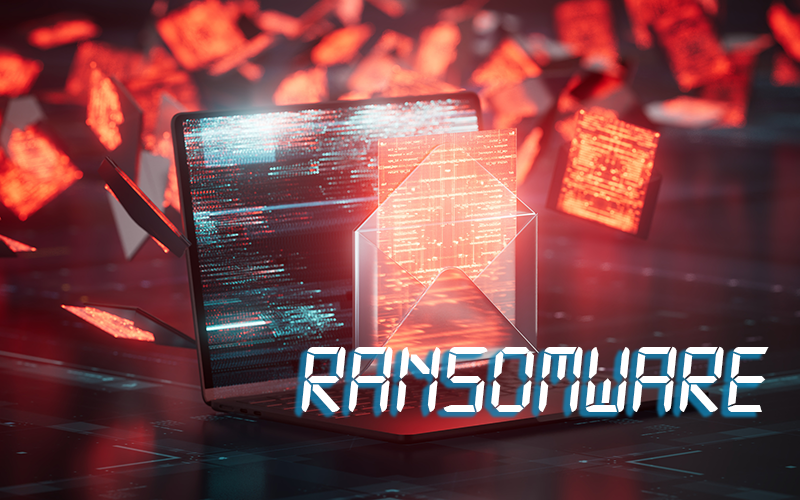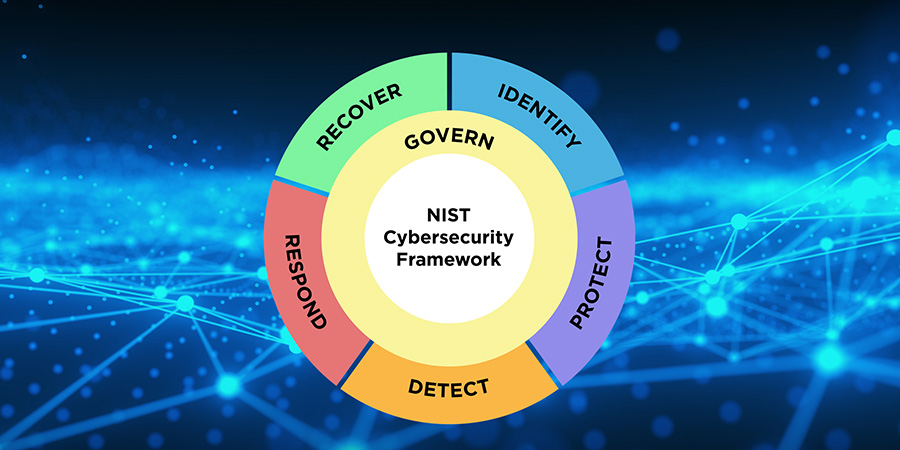Trends and trade-offs when migrating application development to the cloud
Organizations are increasingly moving software development to the cloud to reduce costs, accelerate delivery of products and features to market, foster collaboration, and take advantage of the cloud’s seamless scalability and resources. Cloud-native application development can allow organizations to respond more quickly to changing market conditions and customer demands.
What’s the downside? Migrating to a cloud native application development environment can increase the risks of cyberattacks. Exposures include a larger attack surface, lack of visibility into the cloud environment, legacy tools and processes, and shared infrastructure. That’s why it’s important to “bake” agile application security into this modernized environment.
In this blog, we talk about the security risks associated with migrating to a cloud-native application development environment and how to mitigate them – without disrupting business as usual.
Security challenges in cloud-native application development
Transitioning application development from an in-house environment to a cloud-native one can introduce new security challenges that can lead to cyberattacks. Cloud-native application development processes may be at risk for several reasons:

- Shared infrastructure: Most public cloud services use a multi-tenant architecture. Multiple organizations share the same physical servers, storage devices and networking hardware. If attackers gain access to the underlying infrastructure, they may be able to compromise the development environments of multiple cloud customers.
- Vulnerabilities in APIs and third-party services: Cloud-based application development environments typically involve multiple interconnected systems and services, increasing their overall attack surface and the number of potential entry points for attackers, such as APIs.
- Insider threats: This risk category ranges from lack of access restrictions and endpoint vulnerabilities to the failure to establish mechanisms for validating cloud security controls. And of course, there is the possibility of deliberate acts by disgruntled employees.
- Misconfigured security settings: Under the shared responsibility model, cloud customers must secure their own cloud-based resources. Misconfigured security settings can arise from factors such as multi-cloud deployments, failure to change default or temporary security settings, and unfamiliarity with the new cloud environment.
For example, the well-known Capital One breach in 2019 was caused by a misconfigured web application firewall (WAF) in a cloud-based development environment. It allowed an attacker to access sensitive data and led to the compromise of over 100 million customer records. Capital One suffered significant financial and reputational impacts.
- Reduced visibility into systems and services: Cloud-native development environments can be complex, with multiple interconnected systems and services. Lack of visibility into the environment can make it more difficult for organizations to identify and respond to security incidents. Longer response times and increased damage from successful attacks can result.
Preparing for secure cloud-native application development
 To reduce security risks in the new cloud development environment, organizations should lay the groundwork ahead of time. Conducting a security assessment of the cloud service provider (CSP), or leveraging a recent assessment (within a year) from a certified third-party auditor (3PAO), can help you identify vulnerabilities before the contract is signed. Training development staff in cloud security and carefully vetting services and APIs should be done prior to establishing the development environment.
To reduce security risks in the new cloud development environment, organizations should lay the groundwork ahead of time. Conducting a security assessment of the cloud service provider (CSP), or leveraging a recent assessment (within a year) from a certified third-party auditor (3PAO), can help you identify vulnerabilities before the contract is signed. Training development staff in cloud security and carefully vetting services and APIs should be done prior to establishing the development environment.
Plus, it goes without saying that building security into each phase of the development lifecycle is a smart idea for any situation, not just the cloud. We’ll dive into this topic in an upcoming blog.
Making the move in phases
Successfully transitioning to cloud-native software development involves several steps, each involving specific security considerations. These steps are typically carried out in the order shown below:
- Assessment: Evaluating the current state of your applications, workloads, data, and infrastructure is essential to identify which applications are suitable for cloud-native transformation, and to plan the migration strategy. This step may also include a readiness assessment of your team’s skills.
Security considerations for the assessment step:
-
- Understand your existing security infrastructure and controls
- Identify all regulatory compliance requirements
- Map existing security controls to the equivalent controls provided by your chosen CSP
- Perform a specific assessment to understand all the security risks associated with migrating to the cloud
- Proof of Concept / Pilot Project: Before moving everything over, many organizations choose to run a pilot or PoC. This might involve redesigning a single application or a portion of an application according to cloud-native principles, which typically call for containerization and orchestration tools such as Docker and Kubernetes. You can use the results of this project to guide and refine your migration strategy.
Security considerations for a PoC or pilot:
-
- Test the CSP’s security controls and evaluate security tools provided by the cloud service
- Understand how data is protected in transit and at rest
- Implement and test Identity and Access Management controls
- Design and Architecture: This phase centers on designing the cloud-native architecture of your development and production environments based on insights from the assessment and pilot or PoC. You must decide on microservices, APIs, data architecture, security, and networking, as well as the DevOps processes and toolchain you will use.
Security considerations for the design and architecture step:
-
- Define a secure architecture incorporating principles of least privilege and segregation of duties
- Design secure network architectures including security groups, access control lists, and private subnets
- Use encryption for data at rest and in transit
- Implement secure APIs to interact with cloud services
- Backup and Disaster Recovery: Before you initiate the migration, it’s crucial to back up all data, applications, and configurations from the existing system. Regular backups should also be a part of your post-migration operational procedures. Further, you’ll need a disaster recovery (DR) plan. This plan should define how your organization would restore its systems and data in case of a catastrophic event. Cloud providers often offer services and tools that can help you automate backups and implement DR strategies.
Security considerations for backup and DR:
-
- Implement secure backup procedures with encryption
- Design a DR plan that takes the cloud model (IaaS, PaaS, SaaS) into account
- Include security incident response in the DR plan
- Understand how your CSP handles data replication and failover processes
Let’s pause to discuss timing of the transition. To minimize disruption, it should be scheduled during periods of low usage. For many businesses, slow periods include nighttime hours, weekends, or holidays. But global businesses with users in many different time zones may not have any off-hours. In that case, you may need to set up temporary redundancy to protect against interruptions.
Now, we’ll return to the transition cadence.
- Migration: This stage comprises the bulk of the work. Existing applications are refactored or re-architected to align with cloud-native principles, often by breaking them into microservices and packaging them in containers.
Security considerations for the migration step:
-
- Use secure data migration methods like encrypted data transfers
- Implement strong access controls to prevent unauthorized access during migration
- Follow a secure deletion process for the data left on your old systems
- Validate proper configuration and functioning of security controls in the cloud environment
- Testing: Rigorous testing must be done to ensure that the re-architected applications perform as expected. This process includes functional testing, performance testing, security testing, and user acceptance testing.
Security considerations for testing:
-
- Perform vulnerability assessments and penetration testing in the cloud environment
- Validate the implementation of security configurations
- Test the effectiveness of backup and DR plans
- Ensure the CSP is promptly and correctly applying patches and updates (in an IaaS model). If you are leveraging a PaaS model, operating system-level patches are your responsibility.
- Deployment and Scaling: After testing, the applications are deployed to the production environment. Continuous integration and continuous deployment (CI/CD) pipelines integrated with the cloud environment automate this process to reduce errors and accelerate application updating. Once in the production environment, applications can be scaled as needed to meet demand. Cloud-based iterative development benefits from resources that can scale up or down seamlessly.
Security considerations for the deployment and scaling step:
-
- Monitor the deployment for security incidents
- Ensure automatic scaling does not expose additional attack surfaces
- Verify that new instances created during scaling have the correct security configurations
- Validate adherence to secure application coding practices
- Monitoring and Optimization: Cloud-native applications require continuous monitoring for performance, security, and reliability. Use insights obtained from monitoring to optimize your applications and infrastructure.
Security considerations for monitoring and optimization:
-
- Implement cloud-specific security monitoring tools
- Monitor for insecure configurations and unauthorized access
- Optimize security controls based on observed behavior and identified threats
- Ensure log files are secure and monitor them for signs of security incidents
- Iterative Development: A cloud-native environment enhances the iterative development process with greater flexibility, speed, and scalability. These benefits help make it easier to implement improvements, deploy new features, and respond to feedback and changes in business requirements on an ongoing basis.
Security considerations for development:
-
- Make sure that security is part of the CI/CD pipeline
- Regularly apply updates and patches or ensure the CSP is performing these tasks
- Perform regular security audits and make any necessary changes
- Follow secure coding practices and perform code reviews to spot security flaws
Remember that moving to cloud-native development is a process rather than a one-and-done project. It involves significant changes – not just to your technology stack but also to your development team’s culture. The key is a commitment to continuous learning, improvement, and adaptation.
At Signal Hill, we’ve helped enterprise organizations secure their application development environment as they transitioned to the cloud. Are you on your journey to cloud-native application development? Tap into our expertise: reach out to us today.



